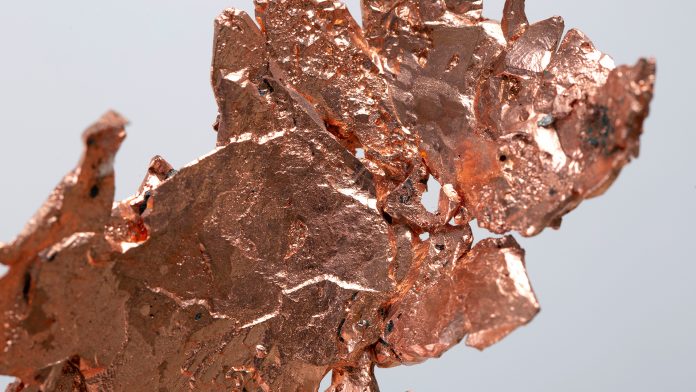Researchers from KTH Royal Institute of Technology report that they have developed a scalable production method for cuprous oxide (Cu2O) micrometre-sized crystals.
The compound Cu2O, or cuprous oxide, is a material for quantum photonics, optoelectronics and renewable energy technologies.
“The unique properties of Cu2O can lead to new schemes for quantum information processing with light in the solid state, which are difficult to realise with other materials,” says Stephan Steinhauer, researcher in KTH’s Quantum Nano Photonics group.
“This work paves the way for the widespread use of Cu2O in optoelectronics and for the development of novel device technologies.”
Synthesising Cu2O
Researchers heated a copper thin film to high temperatures in a vacuum to synthesise the crystals. The researchers at KTH took this method and identified the growth parameters to achieve Cu2O microcrystals with excellent optical material quality.
The process is compatible with standard silicon fabrication techniques and allows the possibility for photonic circuit integration.
“The majority of quantum optics experiments with this material have been performed with geological samples found in mines – for instance, the Tsumeb mine in Namibia.
“Our synthesis method is associated with very low-cost fabrication, suitable for mass production and does not require gases or chemicals that are toxic or harmful for the environment,” said Steinhauer.
Quantum technologies based on solid-state Rydberg excitations
Steinhauer says the work lays the foundation for realising quantum technologies based on solid-state Rydberg excitations, which are excited quantum states with high principal quantum number.
These excitations can be interfaced with photonic integrated circuits, aiming at on-chip generation and manipulation of light at the single-photon level, he says.
“Exciting challenges lie ahead to translate quantum information processing and quantum sensing schemes previously developed for Rydberg atoms into the solid-state environment of a semiconductor crystal at the micrometre or nanometre scale.”








